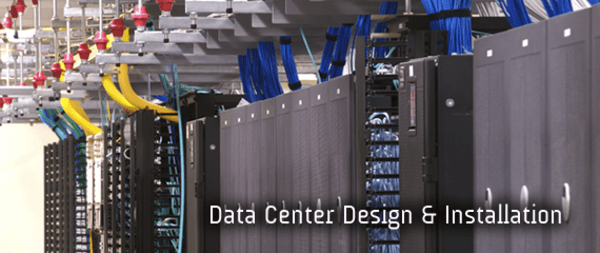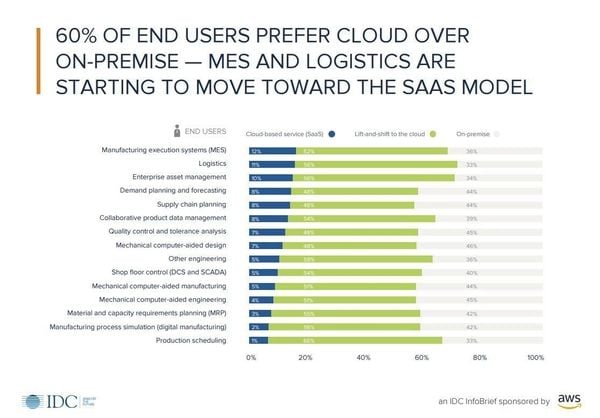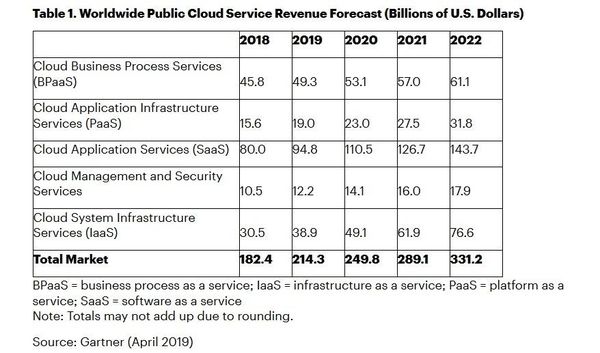
Why IT Is Evolving Because of Hyperscale Data Centers
May 16, 2019
5 Best Practices in Data Center Design
May 21, 2019The next evolution of software tools and services is predicted to be in intersecting markets, where enterprise, cloud, gaming, social, and mobile will present a new wave of cross-platform/cross domain application models. Today, innovation and product development cycles are moving fast and on a worldwide scale.
Well-designed and straightforward products and services gain traction, along with reliable customer service and engagement. Global demand is out there, and businesses that are agile and responsive can exit relatively fast.
Investors’ expectations are aligned along six to twelve months ‘go to market’ time frames, where software solutions have an attractive value proposition to investors more than capital intensive innovations. We define Cloud Computing in a broader term that encompasses Software-as-a-Service (SaaS), Platforms-as-a-Service (PaaS), and Infrastructure-as-a-Service (IaaS).
Some investors believe that Cloud Computing is fundamentally disruptive to the software industry. Although there are investors who look at opportunities in the broader space, SaaS has gained the most attention, especially since the survey sponsored by AWS found that 60% of discrete and process manufacturers say their end users prefer the cloud over on-premise.

In general, cloud-based computing, big data, and analytics software tools present a stronger financial capital efficiency. The worldwide public cloud services market is projected to grow 17.5 percent in 2019 to total $214.3 billion, up from $182.4 billion in 2018, according to Gartner, Inc. SaaS and data-driven ‘Smart Apps’ are fueling software growth in global markets.

Entrepreneurs, business professionals, and investors gathered on April 25 at the web OnDemand conference to discuss digital transformation. OnDemand is organized by AlwaysOn Media with a focus on current marketplace, trends and the opportunities in the world of cloud, on-demand business apps like big data and analytics, SaaS, and the mobile enterprise sectors.
Commerce has changed in the past few years. In all markets, smartphones entered and have become an indispensable and feature-rich tool, Coupled with the explosion of wireless technology and mobile internet that allow people to access the Internet from almost anywhere in the world.
Which Companies Will Survive the Evolution into Intersecting Global Markets?
How can they become resilient in the new wave of ‘doing business’?
Enterprises who won’t transition or won’t transition fast enough to new technologies and new concepts are not likely to survive. Companies that will be able to execute rapid cycles of change through the introduction of new business models, that favor customers and service them well – are going to be resilient. At the same time, corporate cultural change is essential and needs to happen across the board, at all employee levels.
Cutting edge companies will leverage advancements in cloud services, SaaS, online analytics, and CRM (customer response management) technologies. Innovative organizations will develop the expertise to understand their users better, extend their reach, increase revenues, and raise profitability. Experts at the conference noted that when IT management is open to these new concepts – resiliency will follow. Additionally, openness to the new wave of technologies is shaping the role of IT executives and CIOs by lessening the traditional function of creating a secure, rigid, and cumbersome secure IT infrastructure in the enterprise.
The question is usually not whether to morph or not, but being nimble and embracing change. The main points are how fast you can change a complex and big company? How quickly can you adapt to the culture?
Moving from Big Data to Value Data
The first phase of Big Data was data hoarding, where enterprise focused on collecting transactive data (focusing on volume), invested in storing a variety of data sets (mainly internal company data components), and leveraged connectedness and technology to gather data fast, even in real time. Some call this phase Data Obesity. At this point, most companies have not addressed data credibility, i.e., what’s right in the data collected and what’s just noise.
Processing data has become more complex and involves several steps, from collection, extraction, integration, and the utilization of complex analytic models to get applicable or actionable value.
Although data has always been present in the business world, today we have multiple sources, where more data is coming from social media platforms, is unstructured, and presents challenges in extracting value by straight-forward machine algorithms.
Mining value from Twitter, Facebook, Instagram, YouTube, and other collaborative platforms is a complicated process, and some emerging analytic models aim to provide solutions through combined methods.
As we move into the second generation in Big Data, companies look into consuming data; into drawing action to support decision-making in the enterprise. Today, advanced analytics integrates several models that will allow companies new insights, merge predictive analytics, and discovery. The first significant change is to move away from silo-based databases. Effective models break the silos and converge several internal and external sources to get new and multi-dimensional insights.
By external, the reference is to incorporating competitors’ information, for example. Other external data elements may be weather conditions and how these affect consumers’ purchase of clothing or winter gear. Linking weather conditions to online shopping transactions have demonstrated purchase patterns that may be valuable to retailers.
The idea is to approach business transactions as conversations: take various business functions and the transactions they generate, such as leads, invoices, payments, refunds, accounting, cases, etc. and look at them together to extract meaningful information. For example, when a company wants to introduce a new product, the new-age analytic models can give visibility on how to get the right product to the right customer at the right time.
This crucial information can help in driving the marketing strategy, product design, the development of active campaigns, and running great promotions. In some markets and for some products, even the time of the day can be significant when targeting specific consumer markets.
The Challenges Big Data and Analytics Face:
- The relationship between privacy, users, and what one uses the data for are some of the significant concerns we face.
- Data Center telemetry is another field, which addresses scaling and using data in practical ways.
- Incorporating machine analytic algorithms, which have learning capabilities and can get value out of data streams. Implement ‘deep learning’ by imitating the human brain cognitive process.
- Making unstructured data analyzed, such as social media feeds, video, audio, and image-based platforms, etc.
The new digital age is dynamic and full of opportunities, on-demand applications are enhancing business performance, revolutionize the enterprise, introduce new ways of utilizing mobile technologies, as well as propel the entire computing world into an interdependent cross domain future.

